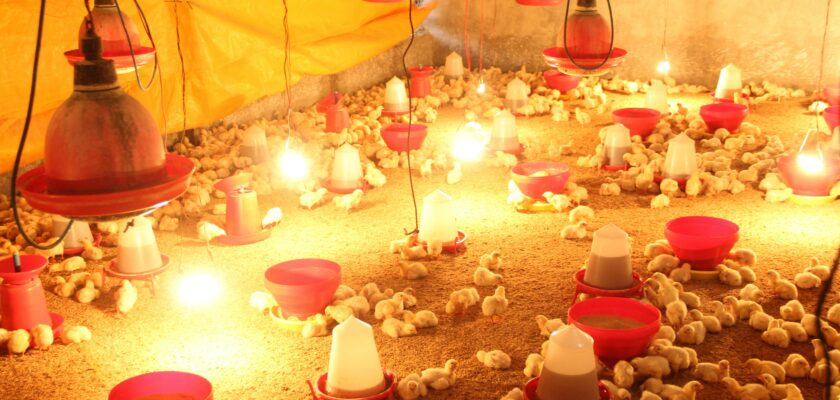Introduction
So you’re dreaming about fresh eggs in the morning, maybe a few clucks in the background while sipping coffee. Backyard chickens are charming, practical, and yes—they come with questions. One of the first things people ask is: how many chickens should I get? It’s a great question because it opens up a whole world of planning, responsibility, and joy. Whether you’re in the suburbs with a small yard or on a few acres of land, the size of your flock matters. Let’s walk through everything you need to know before bringing home your first hens.
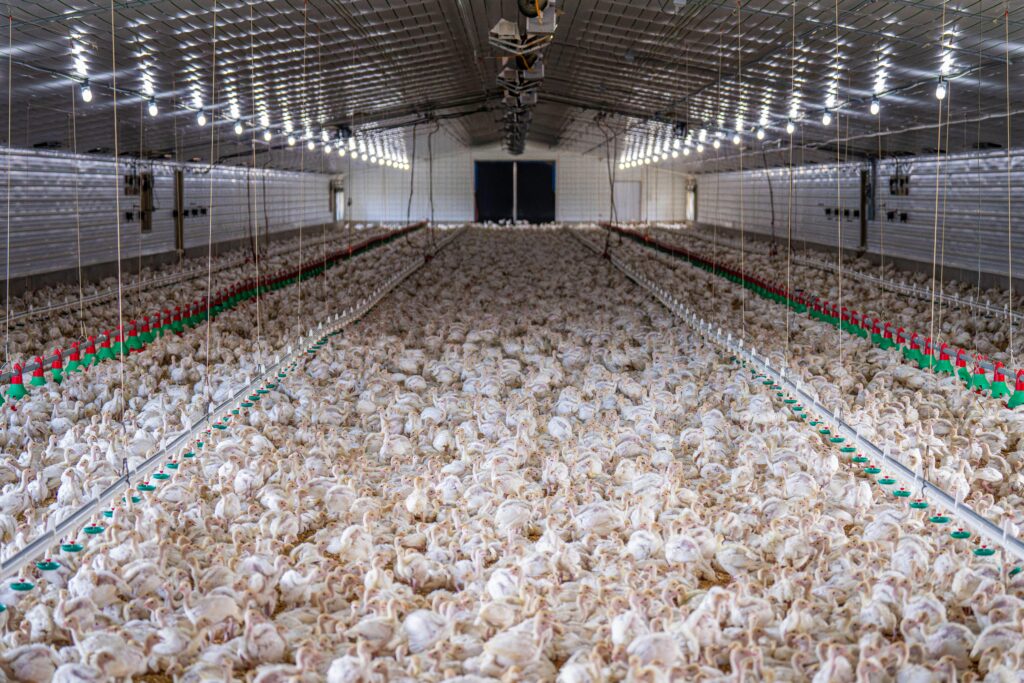
Photo by Mark Stebnicki
How many chickens should I get?
This is the golden question—and the answer depends on several factors. Chickens are social animals. You should never keep just one; the absolute minimum is three, but five or six is ideal for beginners.
A good starting point is 3–4 hens per household member if you’re aiming for fresh eggs daily. One hen lays about 4–6 eggs per week, depending on breed and season. If your family eats a dozen eggs weekly, you’ll need at least 2–3 consistent layers. But it’s wise to plan for days they don’t lay or during their molting phase.
Keep in mind: Chickens live 5–10 years, but peak laying only lasts 2–3 years. Starting with a few birds helps you learn the ropes before expanding.
Why People Raise Chickens at Home
Raising chickens isn’t just about eggs—though that’s a big perk. Here’s what draws people in:
- Fresh, organic eggs that you can trust.
- Composting partners—chickens love food scraps.
- Pest control—they devour bugs and ticks.
- Natural fertilizer for your garden.
- Entertainment—chickens are hilarious, curious creatures.
More families are turning to backyard chickens to live more sustainably and reconnect with nature. It’s rewarding, calming, and honestly kind of addictive!
Things to Consider Before Getting Chickens
Before deciding your flock size, think about:
- Local laws and zoning restrictions
- Predators (raccoons, hawks, dogs)
- Time commitment—daily care is non-negotiable
- Startup costs—coop, feed, heat lamps, etc.
- Weather—cold climates may need insulation or heating
Being realistic now will prevent stress later. Chickens are low-maintenance, but they’re still a living responsibility.
Understanding Chicken Behavior and Social Needs
Chickens are flock animals. They build bonds, establish a pecking order, and watch out for each other. If you keep only one or two, they can become stressed or even aggressive.
A group of at least three creates balance. Avoid putting just one new bird into an established flock—it disrupts their hierarchy and can lead to bullying. Growing your flock evenly or in small batches helps avoid pecking drama.
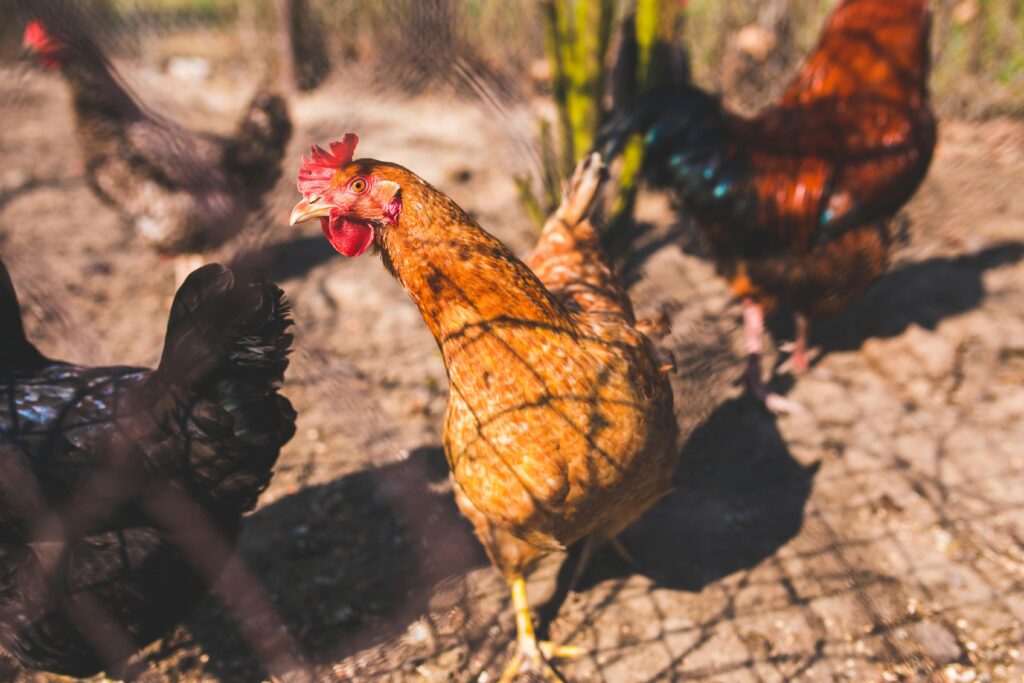
Photo by Karolina Grabowska
Backyard Size and Chicken Space Requirements
Here’s a general space rule:
| Area | Minimum per Chicken |
| Coop (indoors) | 3–4 sq. ft. |
| Run (outdoors) | 8–10 sq. ft. |
| Free-range yard | As much as possible |
Chickens need room to roam, dust bathe, scratch, and flap. Crowded birds get cranky. If space is tight, stick to 3–5 hens max. Also, plan for their perches, nesting boxes, and food stations inside the coop.
Egg Production Goals and Your Household Needs
Let’s do a quick math check.
- One chicken = ~5 eggs/week.
- Family of four = eats 2 dozen eggs/week.
- You’ll need 5–6 laying hens to meet this need.
Think long-term. Hens don’t lay forever. If you want a steady supply, stagger your flock’s age. Add a few chicks each year to keep production up without sudden drop-offs.
Breeds That Fit Different Needs
Here’s a snapshot of popular breeds based on purpose:
| Breed | Eggs/Week | Traits |
| Rhode Island Red | 5–6 | Hardy, consistent layers |
| Plymouth Rock | 4–5 | Docile, family-friendly |
| Leghorn | 5–6 | High production, active |
| Orpington | 4–5 | Gentle, dual-purpose |
| Sussex | 4–5 | Cold-hardy, sweet nature |
Choose based on your climate, egg needs, and personality match.
How Many Eggs Do Chickens Lay Per Week?
Most hens begin laying around 5–6 months old. Peak production is from age 1 to 3.
- Leghorns and Golden Comets: 6 eggs/week.
- Heritage breeds: 3–5 eggs/week.
- Winter = fewer eggs unless you provide extra lighting.
Stress, age, molting, and diet all affect laying frequency.
Feeding and Daily Care Essentials
A well-fed chicken is a happy layer. Here’s the usual menu:
- Layer feed: protein-rich pellets or crumbles.
- Scratch grains: treats, not a main diet.
- Fresh veggies, fruits, and occasional kitchen scraps.
- Grit and oyster shell: for digestion and calcium.
Clean water is non-negotiable. Plus, they need daily coop cleaning, egg collection, and a quick health check.
Chickens and Zoning Regulations in Urban Areas
Before you build a coop, check with:
- Your city or county ordinances
- Homeowners’ association rules
- Noise limits (especially for roosters)
- Maximum number of hens allowed
- Coop placement rules
For example, some cities allow 4–6 hens but ban roosters. Others may require a permit or specific coop distance from property lines.
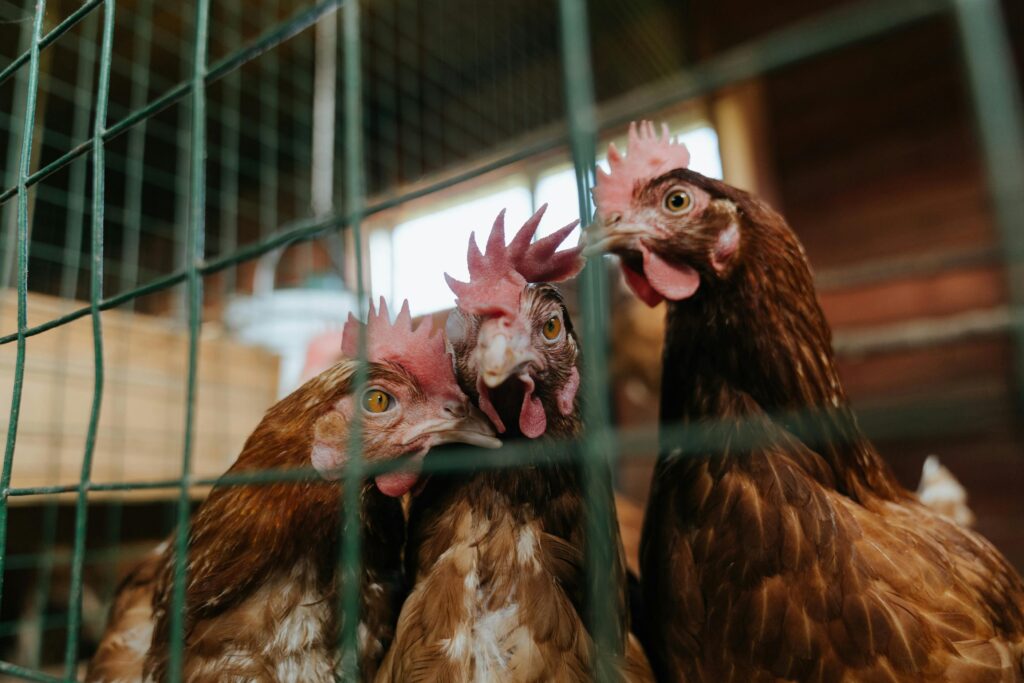
Photo by cottonbro studio
Starting Small vs. Going Big
If it’s your first time, start small. Fewer chickens = easier management. Here’s a quick comparison:
| Flock Size | Pros | Cons |
| 3–5 hens | Easier care, lower cost | Fewer eggs |
| 6–10 hens | More eggs, backup layers | Slightly more maintenance |
| 10+ hens | Egg business potential | Higher cost, complex dynamics |
Scaling up is easier than scaling down—so start low and grow smart.
How Many Roosters Should You Keep?
Most people don’t need a rooster unless:
- You want fertilized eggs.
- You need a flock protector.
- Your area allows crowing.
One rooster per 8–10 hens prevents fighting and over-mating. Multiple roosters? You’ll need even more hens—or separate flocks.
Cost of Raising Chickens
Let’s break down the numbers:
| Item | Average Cost |
| Coop setup | $200–$500+ |
| Feed (per month) | $15–$30 |
| Bedding, supplies | $10–$20/month |
| Vet/emergency care | Varies |
Eggs may not be cheaper than the store—but the value is in quality, experience, and self-sufficiency.
How Chickens Affect Your Garden and Backyard
Backyard chickens and gardens can be a dream team—or a disaster—depending on how you manage them.
The Good:
- Chickens love eating grubs, beetles, and weeds.
- Their droppings make excellent compost.
- They aerate the soil with their scratching.
The Not-So-Great:
- They can demolish your seedlings if left unsupervised.
- Dust bathing spots may appear where you least expect.
- Chickens love mulch—maybe too much!
The trick is to fence off delicate plants and rotate chickens in your yard. Their work, when directed properly, can turn your backyard into a lush, living ecosystem.
Raising Chickens for Meat vs. Eggs
Before choosing how many chickens to get, ask yourself: Are you raising for eggs, meat, or both?
Layers: These hens are bred to lay consistently over time. They tend to be lighter, live longer, and aren’t suited for meat.
Broilers: These chickens grow rapidly and are typically harvested within 6–10 weeks. They require different feed and more space to grow comfortably.
Dual-purpose breeds: Like Orpingtons or Sussex, these provide both decent egg production and good meat yield.
Knowing your goal helps you decide not only how many chickens to get, but what kind.
Seasonal Care and Climate Considerations
Chickens don’t handle extreme weather well without help.
In Cold Climates:
- Choose cold-hardy breeds.
- Insulate the coop—avoid drafts but maintain airflow.
- Provide heated waterers.
In Hot Climates:
- Offer plenty of shade.
- Use frozen treats or watermelons to cool them down.
- Ensure excellent ventilation in the coop.
Your local weather directly impacts your flock’s comfort, health, and egg-laying rhythm. Adapt your flock size to the ease with which you can provide year-round care.
Predator Protection and Coop Safety
Predators are one of the biggest threats to backyard chickens. Even suburban areas have raccoons, hawks, or neighborhood dogs.
Safety Tips:
- Use hardware cloth (not chicken wire) for fencing.
- Bury fencing 12” below ground to stop diggers.
- Lock the coop at dusk—automated doors help!
- Secure feed to avoid attracting rodents or bears.
Don’t underestimate predator risk. Build with safety in mind from day one.
Common Mistakes When Choosing Flock Size
Many first-time chicken keepers make one of these errors:
- Getting too many too soon: Overwhelming and expensive.
- Underestimating care needs: Chickens are low-maintenance, but still daily work.
- Ignoring breed variety: Not all chickens lay the same or behave alike.
- Forgetting lifespan: Chickens live longer than they lay. Have a plan.
A thoughtful approach saves time, money, and stress.
FAQs
How many chickens do I need for a family of four?
You’ll need around 5–6 hens to provide 2 dozen eggs weekly, depending on breed and production consistency.
Can I keep just two chickens?
Two is possible, but not ideal. Chickens thrive in small flocks—aim for at least three to maintain a healthy social structure.
Do chickens lay eggs every day?
Not exactly. Most hens lay 4–6 eggs per week, and their production dips during winter or molting.
How much space do 6 chickens need?
They’ll need 18–24 sq. ft. inside the coop and about 50–60 sq. ft. in the run. More if free-ranging.
What if I get too many eggs?
Share with neighbors, sell locally, or preserve them through pickling or freezing (yes, you can freeze eggs!).
Are roosters required for hens to lay eggs?
Nope! Hens lay eggs without roosters. You only need a rooster if you want fertilized eggs for hatching.
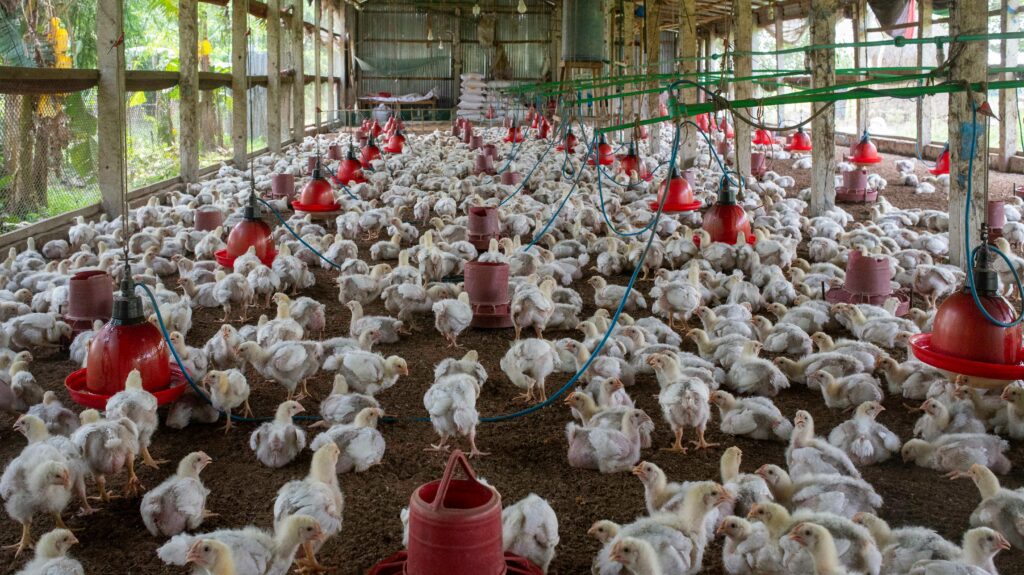
Photo by Tanvir Khondokar
Conclusion
So, how many chickens should you get? The answer lies in your goals, lifestyle, and space. Starting with a modest flock of 4–6 hens gives you plenty of fresh eggs, manageable care, and a solid foundation to grow from. Chickens are fun, surprisingly affectionate, and endlessly entertaining—but they’re also a commitment.
Plan wisely, build responsibly, and enjoy the journey. You’re not just raising chickens—you’re building a more sustainable, grounded lifestyle one cluck at a time.
